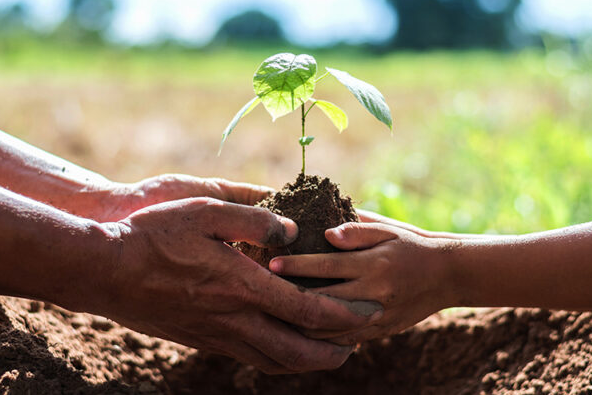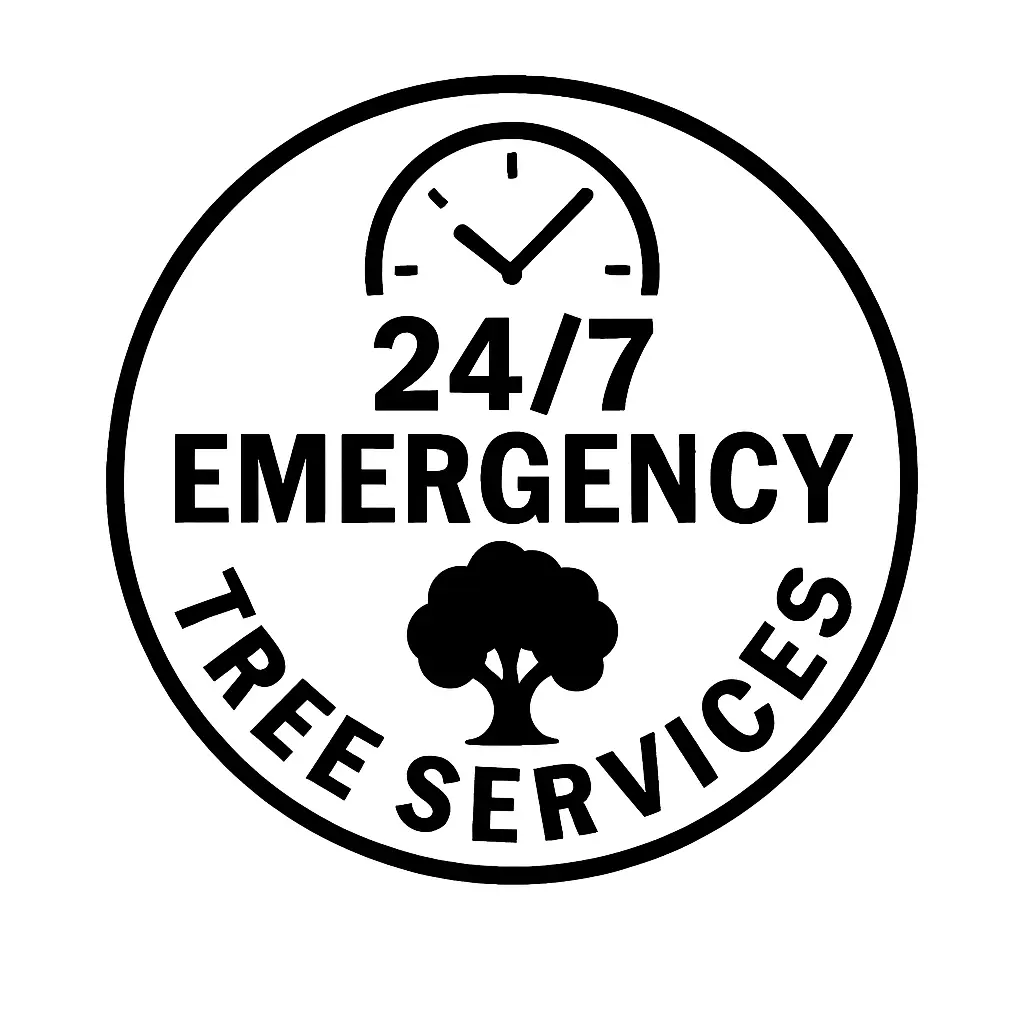How to Improve Soil Health for Stronger Trees

Do you know the secret behind healthier and stronger trees? It lies beneath them- the soil! Helping trees develop deeper roots and generating resistance against pests, thereby serving as the fuel for rockets. Your trees can survive even the worst of droughts if their soil is healthy and nutritious enough.
In this guide, you will know all about the tips and techniques to make your soil fertile and improve its health so that you can make your trees thrive in your landscapes for years to come
What is Soil Health?
A healthy soil means that it is alive. Teeming with microbes, fungi, worms, and nutrients, it is full of life.
Healthy soil does not have only “dirt”. It has other components as well:
- Good structure (not loose, not hard)
- A balanced pH
- Organic matter (like compost)
- Variety of microorganisms
- Good drainage
So a healthy soil means healthy and long-lasting trees, whereas a poor or dead soil indicates struggling trees that cannot withstand the environmental stresses.
Signs of poor soil quality:
Your soil needs immediate attention if it shows these signs:
- Browning of leaves or their early shedding
- Stunted growth (slow-growing trees)
- Dry, compacted and muddy soil
- No worms or bugs in soil
- Wateris pooling around the tree base
To evaluate the quality of your soils, you can do a DIY test or send it to a professional lab for testing.
How to Improve Soil Structure for Stronger Trees
Trees are held by their soils which is why the structure of soils is very important. They must be soft and crumbly to provide room for the tree’s anchorage of roots. They should not be compacted as it suffocates the tree roots and provides no air and oxygen to the tree. You can fix your soil by:
- Never drive or walk beneath the base of your trees.
- Add compost to loosen and enrich your soil.
- Mix in perlite or coarse sand to improve drainage.
- Aerate the soil around the tree using a broadfork or by manual aeration with some kind of aerator.
To summarize,
Good structure = happy roots.
And happy roots = stronger trees.
Why Organic Matter is Crucial for Tree Soil Health
Organic matter is a feast for microbes and worms, as when it gets broken dow,n it feeds the soils. It is composed of leaves, manure, food scraps —all the dead stuff.
Benefits of organic matter:
- Retains moisture while not suffocating roots.
- Feeds bacteria and fungi.
- Boost nutrient levels.
- Stops erosion and reduces compaction.
Best sources of organic matter:
Add a couple of inches to your soil once or twice a year to get best results.
- Compost (homemade or purchased)
- Aged manure (never fresh, as it burns the roots)
- Leaf mold (rotted leaves)
The Power of Mulch Around a Tree
If you do anything from this article, be it mulch, as it is really effective. It breaks down slowly in the soil and does this:
- Stop weeds from stealing nutrients
- Retain moisture (less watering)
- Protect roots from heat and cold
- Add organic matter as time goes by.
How to mulch?
Use wood chips, shredded leaves or bark will and ring out to about 2-4 inches deep, perhaps, with it being 3-6 inches off the tree trunk (no mulch volcanoes!).
Mycorrhizal Fungi: Nature’s Tree Booster
Mycorrhizal fungi are microscopic fungi that live in the soil and form an association with tree roots. It grabs the nutrients from the soil and delivers them straight to the tree and gets sugar in return from the tree, making it a win-win situation. Such fungi occur naturally too, but if one adds it, it can boost up the soil quality.
Benefits of mycorrhizae:
- Absorb phosphorus, zinc, and water
- Reduce drought stress
- Increase root surface area
How to apply it:
- Get a mycorrhizal inoculant online or at a nursery
- Sprinkle it around the root zone.
- Water it in and let nature do its job.
How to Improve Soil Drainage for Tree Health
Trees don’t like soggy roots.
Bad drainage = root rot.
You can fix this issue by:
- Adding organic matter to improve structure and installing a French drain to move the water away.
- Use raised beds or plant trees on a mound
- Avoid clay-heavy soil or break it up with sand/gypsum
How to check if there is a problem?
Do a simple test:
- Dig a hole 12” deep.
- Fill it with water.
- If it takes more than 4 hours to drain, your soil needs help.
Cover Crops for Tree Soil Enrichment
You can improve your soil without fertilizers, too! How? By planting cover crops! They are soil-friendly and provide unlimited benefits to stop erosion and enhance nutrients. When you cut them, they add organic matter and feed soil microbes. All you have to do is plant them in fall or spring, let them grow and chop them.
Top cover crops to grow around trees:
- Clover – fixes nitrogen and attracts bees
- Ryegrass – breaks up compacted soil
- Hairy vetch – loads of biomass and deep roots
Tree-Specific Fertilizers and When to Use Them
Always test your soil to see what’s missing then use fertilizers. Apply at the drip line and not at the base to get good results. The best season to opt for would be from early spring to late fall. Avoid summer as it can stress out Stronger trees.
Organic options:
- Compost – slow-release nutrients
- Fish emulsion – high nitrogen
- Seaweed extract – trace minerals
Synthetic fertilizers (use sparingly):
- 10-10-10 (balanced)
- High nitrogen blends (early spring)
- High potassium blends (fall prep)
Compost Tea and Liquid Soil Boosters
Compost tea = soil smoothie.
Make your dead soils come back to life using compost teas. Usage during every growing season boosts the beneficial bacteria and fungi.
You can buy it or make it at home.
DIY Compost Tea Recipe:
- Add 2 cups of compost to a 5-gallon bucket of water and stir daily for 2–3 days.
- Strain and pour around the tree roots
You can also try:
- Worm casting tea
- Seaweed foliar sprays
- Molasses + compost combos (microbe food)
Earthworms and Insects: The Hidden Heroes
If you see worms in your soil, congratulations, your soil is alive. These worms aerate soil, break down organic matter and feed microbes with their poop (castings).
Want more worms?
- Add compost and leaf litter
- Avoid pesticides
- Keep soil moist—not soggy
- Mulch regularly
Also good:
- Beetles
- Springtails
- Ants (in moderation)
All of them help loosen soil and cycle nutrients.
Trees That Help Improve Soil Health
Some trees even improve the soil around them, so if you are planning to plant a tree, get to know the best ones:
- Black Locust – fixes nitrogen
- Alder – great in poor soils
- Acacia – fast-growing & nutrient-rich
- Mulberry – drops leaf litter that feeds the soil
- Hickory/Oak – adds rich organic mulch.
How to Maintain Long-Term Soil Health for Trees
Soil needs ongoing love to thrive in the long run.
Some maintenance tips:
- Topdress with compost once or twice a year
- Rotate mulch types (wood chips, straw, leaves)
- Refresh mulch layer every spring
- Do a soil test annually
- Avoid salt-based fertilizers and pesticides
- Leave leaves in fall—they feed the soil
Build habits, not hacks, because strong trees grow from consistent care.
Wrapping up: Stronger Trees Start in the Soil
In a nutshell, to grow stronger trees, you need to treat your soil like gold. It’s all connected and starts under your feet. Need to get expert advice? Contact our certified professionals at Manhattan Tree Removal to nurture your soil. We have years of experience in upgrading soil quality to yield stronger and resilient trees.




